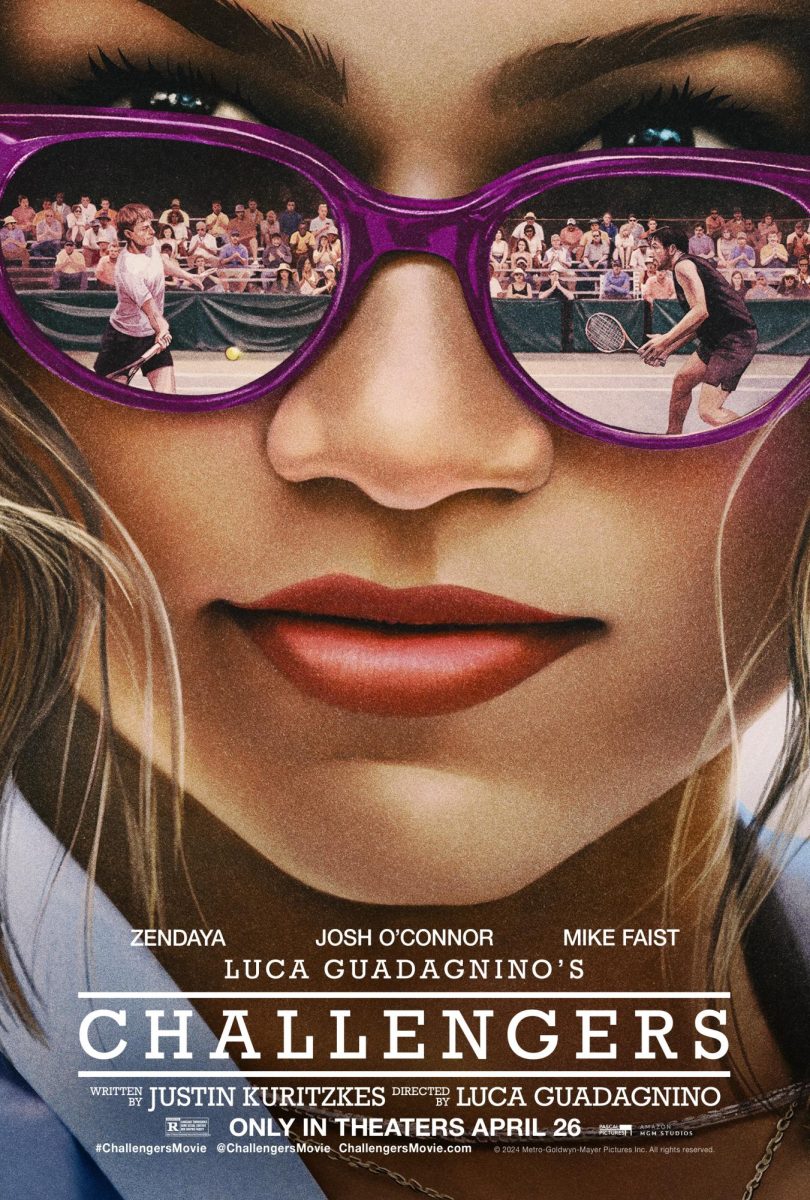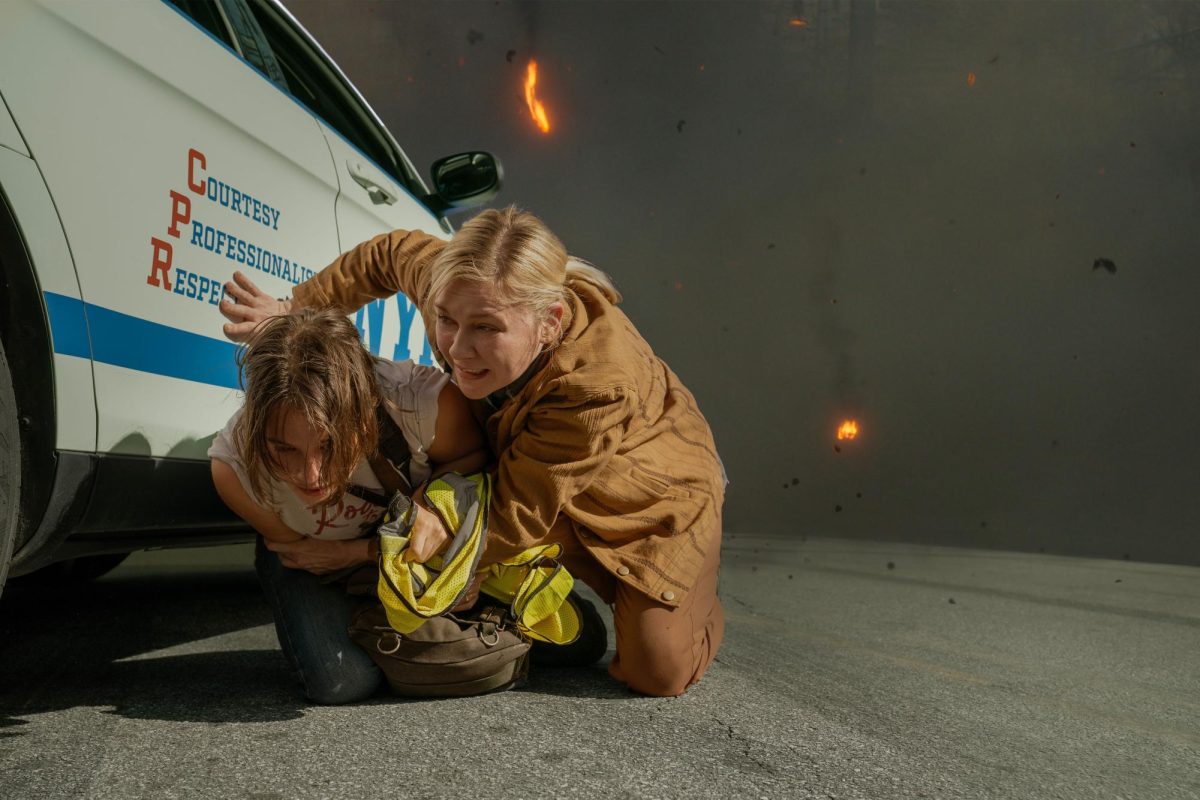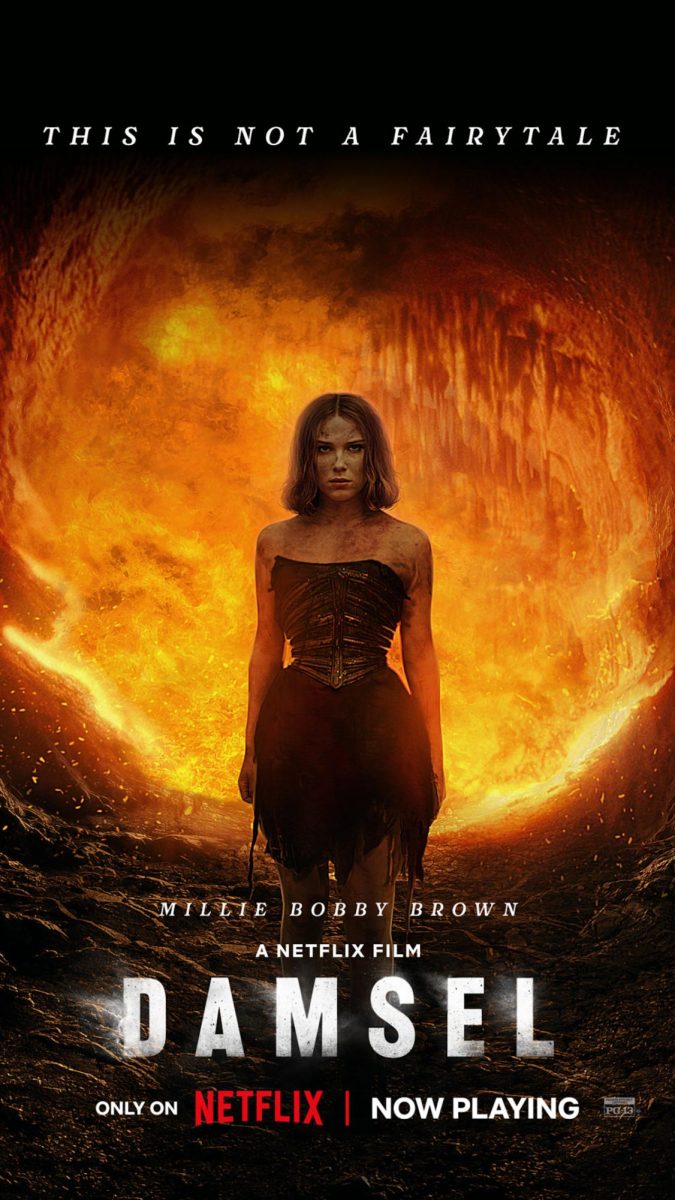Film-lovers always look forward to the Oscars, and it is annually one of the biggest nights in Hollywood television. Viewers and fans tune in to the show on the edges of their seats, waiting to find out if their favorite film or actor is recognized. This year, fans of the action film “Mad Max: Fury Road” felt the victory throughout the night, as the movie won over half of its nominations.
“Mad Max” was nominated for a whopping 10 Oscars this season, including Costume Design, Visual Effects, Directing, Makeup/Hairstyling, Cinematography, Film Editing, Sound Mixing, Sound Editing, Production Design and Best Picture. Six of those nominations were claimed by “Mad Max” and its production crews, only losing Directing and Cinematography to “The Revenant,” Visual Effects to the robotic film “Ex-Machina” and Best Picture to Tom McCarthy’s “Spotlight.”
Watching “Mad Max” after the awards cast an interesting light over a viewing of the film, but it also helped me understand why the movie received the awards it did. The categories “Mad Max” truly deserved the most were hands-down the areas of Costume Design and Makeup. These elements enhanced numerous themes throughout the movie. The buzz-cut and ominous black mask of paint on Imperator Furiosa (Charlize Theron) assisted the film in challenging gender roles, while at the same time calling attention the objectification of women with the revealing, white, and flowing attire of Immortan Joe (Hugh Keays-Byrne).
Alongside those examples, another powerful use of makeup in the film was painting the “war boys” as mindless soldiers. Their identical makeup turned them into a sea of bodies, devoid of individuality. The act of removing Nux’s makeup after he joins the protagonist group was also symbolic of his rebellion, but the makeup artists were able to keep his scars and bodily damage, even without the warpaint, which was equally symbolic of the harms that Immortan’s reign was putting on his people.
Costumes also played a large symbolic role throughout the story. One that struck me was the armor of Immortan Joe. It was ironic that he was so dependent on his machine-like defense and still somehow retained a position of such power. On a more basic note, however, the costume made his character appear more menacing, especially with the bellows-like lungs on the back of his neck.
In terms of film editing and production design, Max’s (Tom Hardy) flashbacks are one of the first examples that come to mind. The child he frequently sees, with her eerie gold tint, gave the flashbacks that “uncanny” mood that comes with supernatural elements. Colors played a large role in the film. There were several sequences that were entirely one color, which was new and interesting, and the simple power of the action added to the post-apocalyptic theme of the film. One of the best examples of this effect was the blue hue throughout the wilderness as the war rig escaped its pursuers. This foreshadowing, showing the landscape as desolate and depressing, created a sense that a disappointment was coming.
Finally, in sound mixing and editing, two elements were particularly striking. First was the use of music in the film. The idea of using a character within the film (the “war guitarist”) to create music was absolutely brilliant. It allowed the producers to incorporate the music into the action and allowed the characters to interact on another level. The music helped the viewer feel as though they were truly in the scene, because the music stopping was jarring, just as the fights between Max and the musician were.
These stops in sound were another incredible move — when the music or sound stopped, the viewer immediately knew something drastic was happening, because the silence forced you to really focus on what you were looking at on the screen, albeit subconsciously, which was an excellent move by the sound production team.
I haven’t seen “Spotlight,” but after my experience with “Mad Max: Fury Road,” I was entirely on board with its nomination for Best Picture, and I will remain an advocate for this film. The visuals as well as the content are brilliant, and I would recommend the film to anyone seeking action, gender role-challenging and post-apocalyptic mayhem.





















